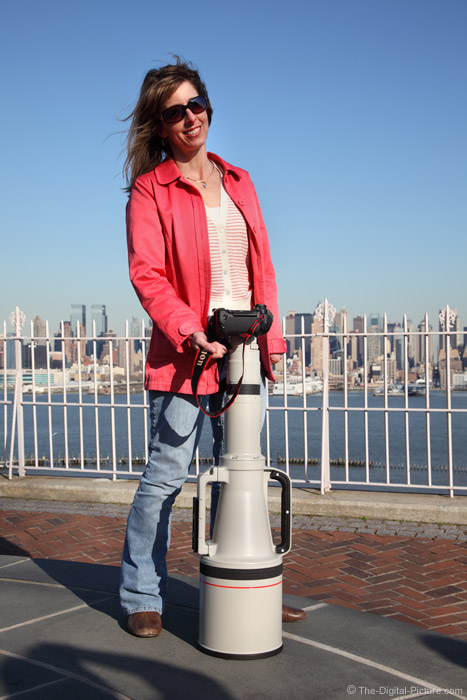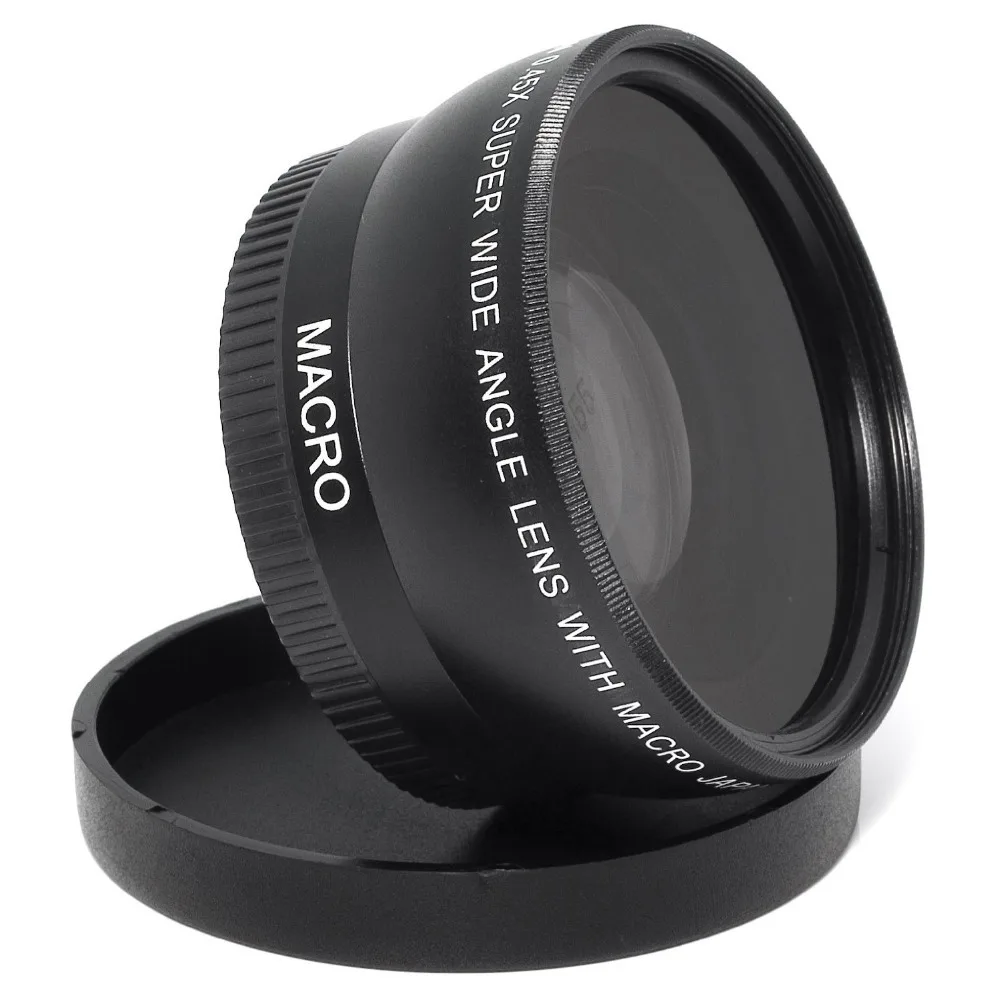
Zoom lenses will not quite cut it because they can’t produce images sharper than the macro lens.


There are also zoom lenses that label themselves as a macro lens, although the performance differences are significant. The lenses with a tighter crop provide more pleasing images with a flattering composition.Īs a rule of thumb, the higher your focal length is, the larger your magnification ratio, lens price, and shooting distance. Macro lenses are available with various focal lengths, starting from the ~50mm, ~100mm, to the ~150mm and above. The good news is the macro lens comes with some built-in versatile features. Many people won’t bother buying something that isn’t multifunctional. Macro photograph of blueberries What is a Macro Lens Good For? (check out the best cameras for food photography) On the other hand, those with a magnification of 1:2, 1:3, 1:4, and above aren’t considered a macro lens.ĭepending on the chosen focal length, you can achieve unique portraits and stunning shots for food photography. Lenses that have magnification ratios of 1:1, 2:1, 3:1, or more are considered macro lenses. These features distinguish the macro lens from other photography lenses. It also enables the photographer to take extremely sharp close-up images of the objects. That is why the subject size ratio on the sensor plane is precisely the same as the subject’s real size. The macro lens should have a magnification ratio of 1:1 (or even greater), with a minimum focusing distance of around 30 cm. So, when you project this onto your display, the teeny tiny details will become more apparent than before. At first, it may sound trivial and does not hold any value.īut, keep in mind that a 36 x 24mm subject will fill the frame of your full-frame camera. This gives you a 1.0x maximum magnification at the lens Minimum Focus Distance/MFD (MFD is measured based on the subject’s distance to the sensor).įor example, the sensor will project a subject with 18mm length as it is. ‘True’ macro lenses can project subjects onto your camera’s sensor at a 1:1 reproduction ratio.

But there are things to consider before buying one as this photography kit has many types with different specifications. You may already be interested in adding the macro lens to your collection. This type of lens is the must-have item for those who want to step up their game. But how do photographers capture these tiny little details? The answer is a unique tool called a macro lens.


 0 kommentar(er)
0 kommentar(er)
